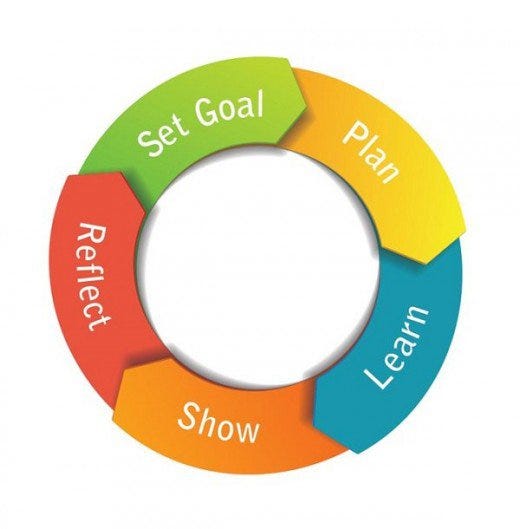Self-Directed Learning Model
In education, it is crucial to focus on independence and self-motivation in students as they are essential for long-term success. One way to achieve this is through the Self-Directed Learning Model (SSDL), which helps students gradually take control of their learning. Although we have not covered this model in class, its principles align with student-centred learning approaches. By incorporating SSDL into my teaching ideas, I can create an environment that promotes freedom while offering the necessary support.
The Self-Directed Learning Model, developed by Gerald Grow (1991), outlines four stages of learner independence. The first stage includes dependent learners requiring direct instruction and structured guidance. The second stage consists of interested learners who are motivated but still need external support. The third stage introduces involved learners, who take responsibility for their education and benefit from a teacher acting as a facilitator. Finally, self-directed learners can set goals, find resources, and evaluate their progress with minimal guidance. Understanding these stages allows teachers to adjust their teaching methods to help students gain independence over time.
Encouraging students to take ownership of their learning has several key benefits. One significant advantage is increased engagement, as students become more invested when they have control over aspects of their education. Self-directed learning also encourages critical thinking and problem-solving skills, helping students analyze information and make informed decisions. Another significant benefit is the development of lifelong learning skills, preparing students for higher education, careers, and personal growth. Additionally, students who take responsibility for their learning build self-confidence, making them more likely to embrace challenges.
The previous paragraph about self-confidence made me think about the three sections of physical literacy that we reviewed in class this week: physical competency, confidence, and motivation. The confidence aspect is very important to the self-directed learning model because it is all about feeling confident and worthy, and that is very important with the self-directed learning model because it allows you to think critically and use your best problem-solving skills.
Below I have some images that go along with Physical Literacy that we talked about in class.
(Images from the slideshow in class)
To apply SSDL in my future teaching, I would gradually shift students toward greater independence. I would provide structured lessons, clear expectations, and guided instruction for those in the dependent stage. As students gain confidence, I introduce different techniques, reducing direct instruction and encouraging exploration. Inquiry-based learning would allow students to engage in research, projects, and discussions that promote curiosity and motivation. Another strategy is allowing students to teach the class a topic they are passionate about and getting the class to do an activity that aligns with their passion. I did this in high school, and I loved acting like a teacher for a class. It allowed me to show other students what I was passionate about and gain more confidence in my independent learning abilities.
By integrating the Self-Directed Learning Model into my teaching, I can help students develop the motivation, confidence, and skills necessary for lifelong learning. While structured guidance is essential, gradually shifting responsibility to students empowers them to take an active role in their education.

References
https://medium.com/@Monica_jenner66/what-is-self-directed-learning-5bc394b65a3e